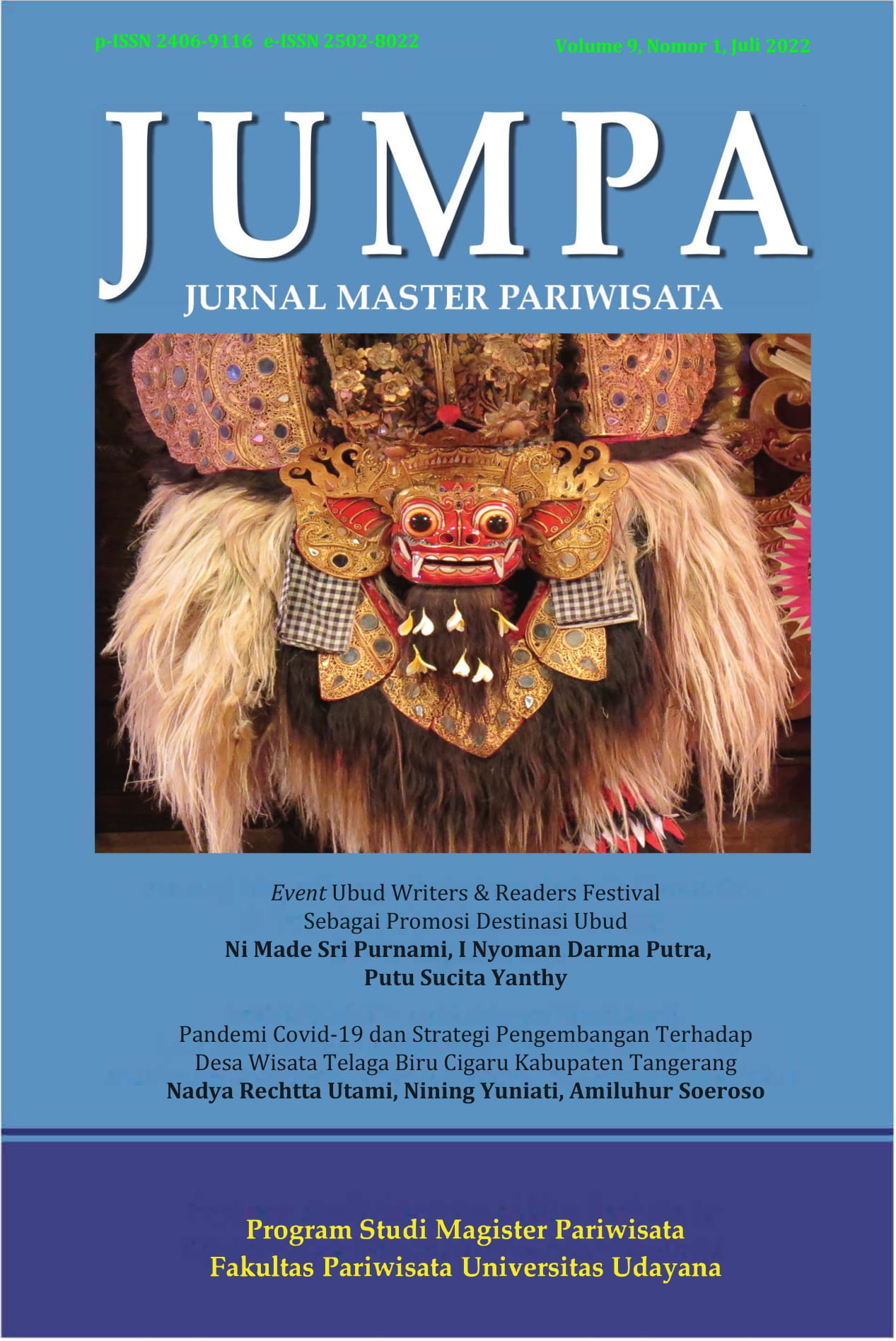Hotel Tua dan Ulasan Online Negatif: Apa Yang Dikatakan Pelanggan?
Abstract
The main purpose of this study was to find out what complaints were conveyed by customers through online reviews of one of the five-star resorts in Lombok. To find out, we conducted a content analysis of 314 negative reviews posted on the travel website TripAdvisor. To find out what complaints were conveyed by customers in their reviews, we used the JMP Pro14 software to analyze the datasets we had collected. Before presenting the main research findings (words/terms and phrases), this article provides an overview of some of the data elements that are an integral part of the main unit of analysis. For example, frequency distributions (ratings, reviewer contributions, word count, and length of stay), tables (including the reviewer's country of origin), and visualizations that compare the number of contributions and the rating given by a reviewer. The main result of this study found that the complaints on the three ratings in negative reviews were most often about "room" (referring to rooms that are old and need renovation) and "beach" (dirty and lots of garbage). Interestingly, despite their low aggregate rating, their assessment of "staff service," most reviewers gave a good rating. However, reviewers give some suggestions to hotel management, one of which is to improve their staff's English skills.
Keywords: hotel guest complaints, negative reviews, online reviews.














